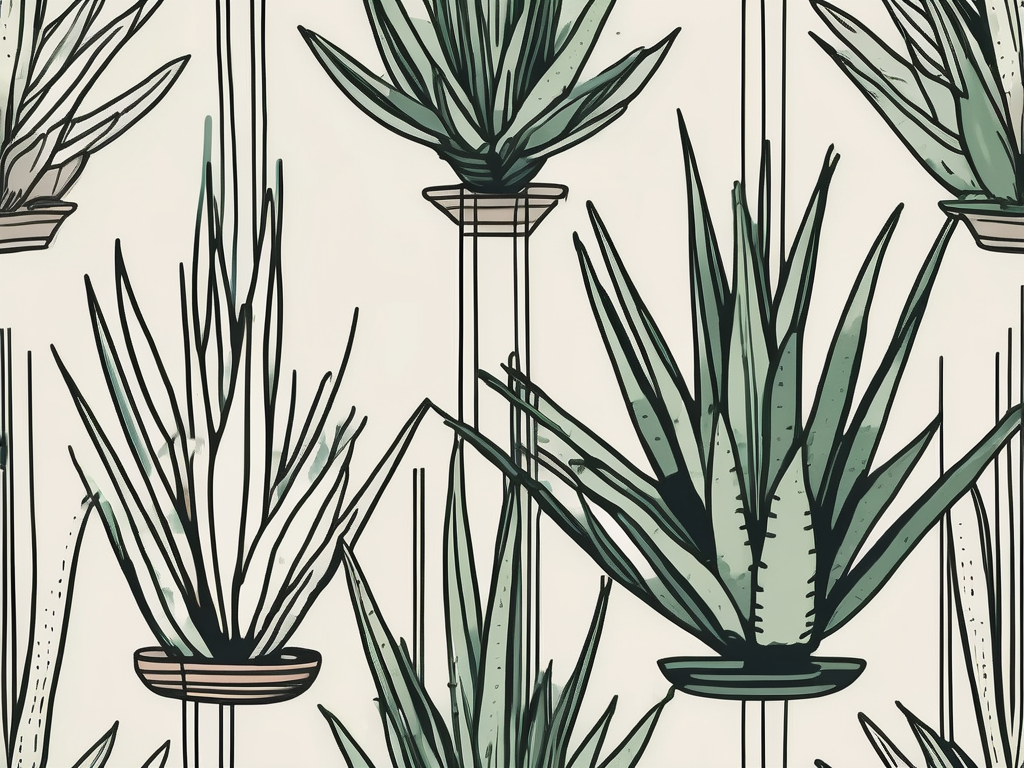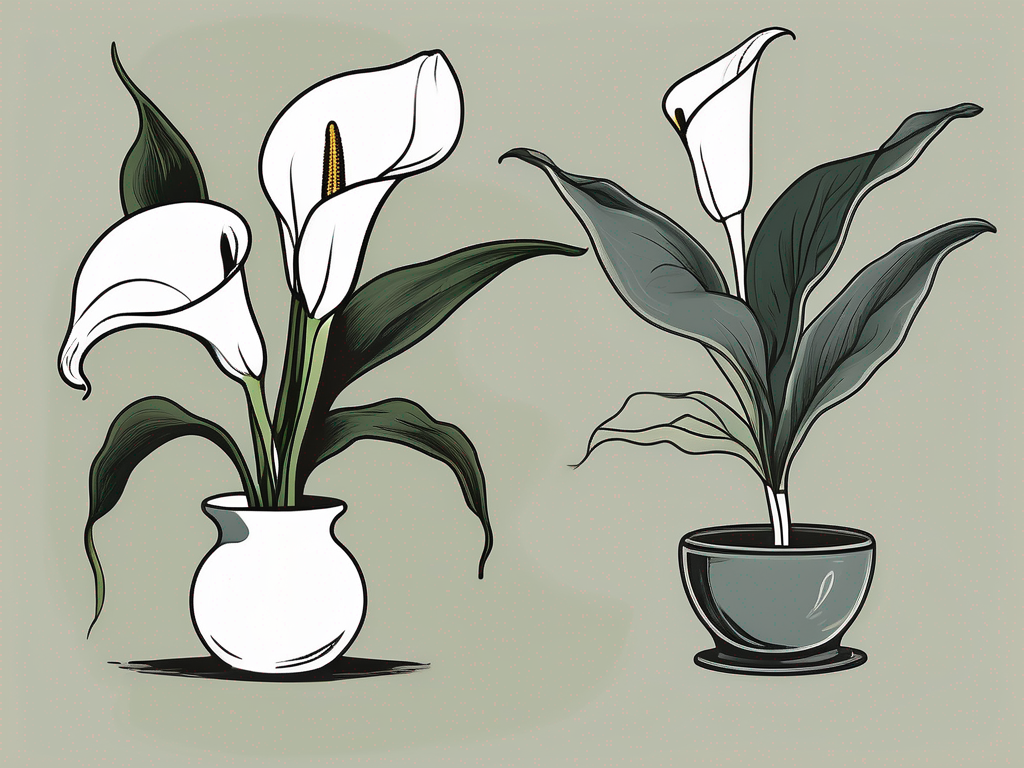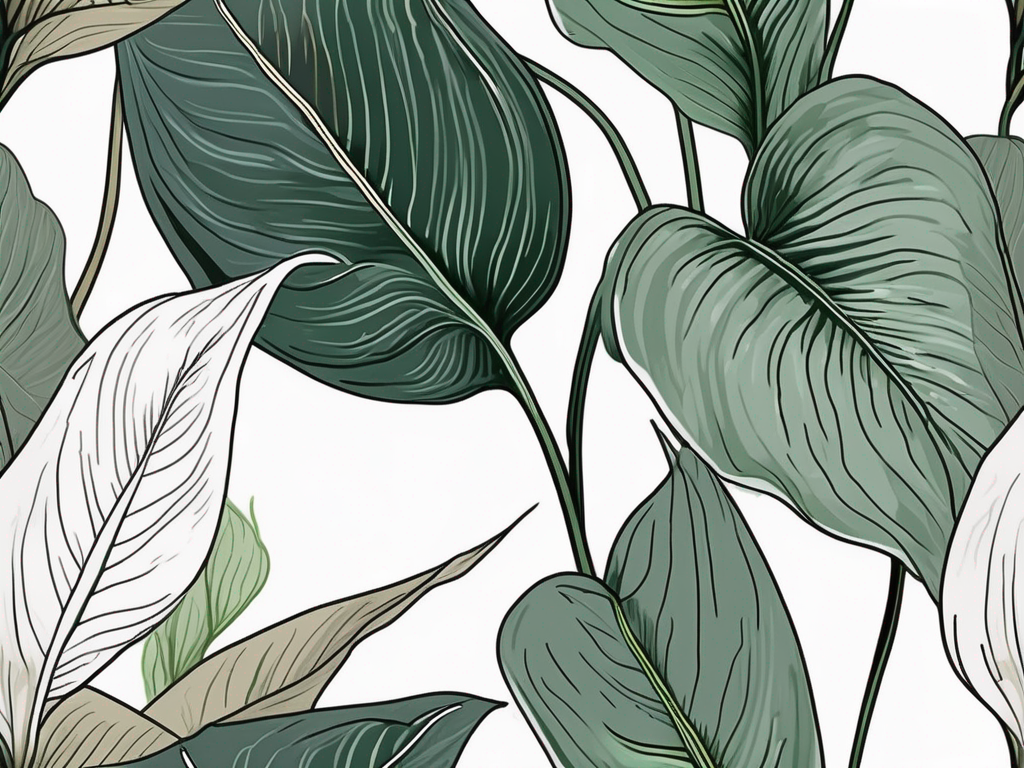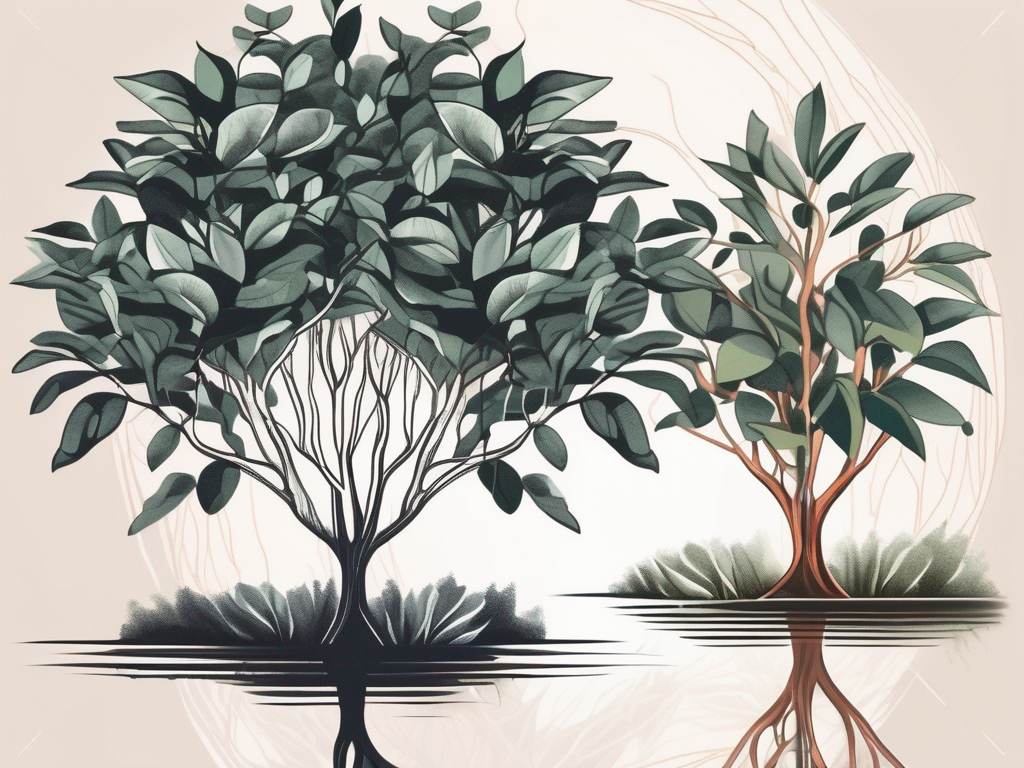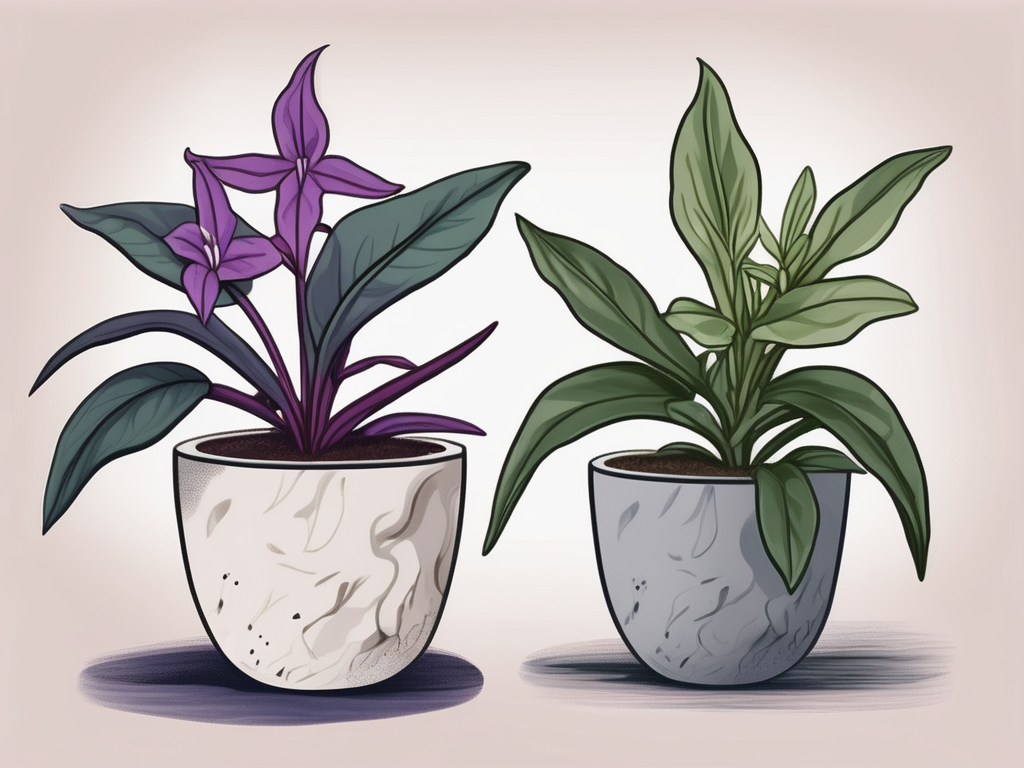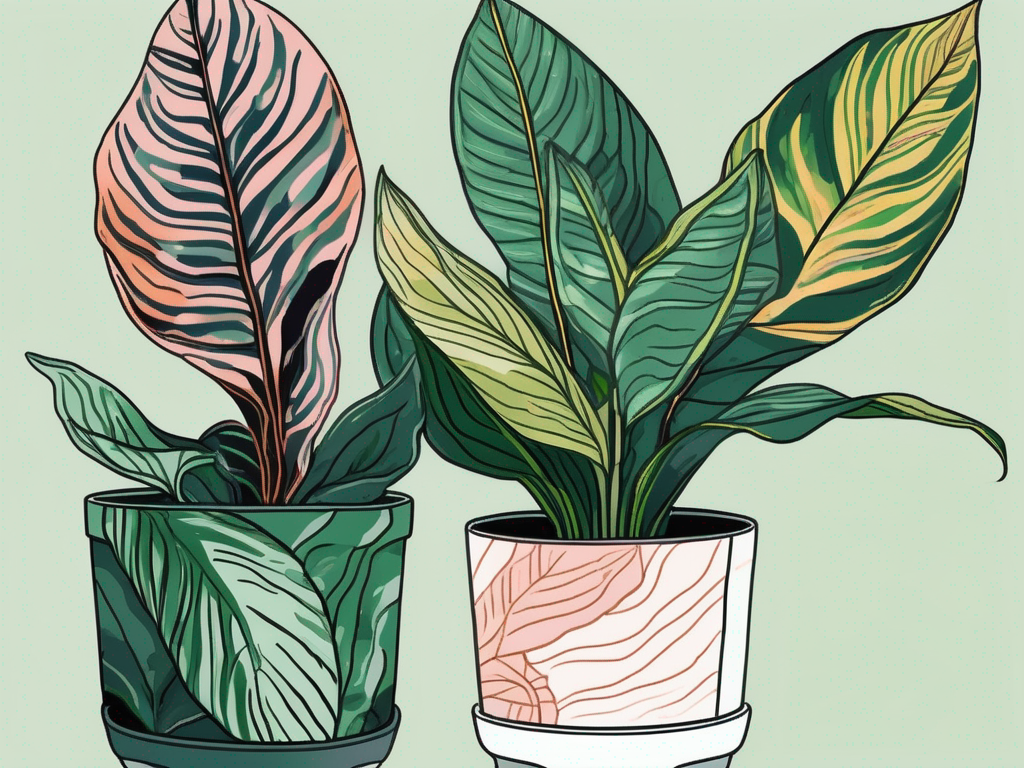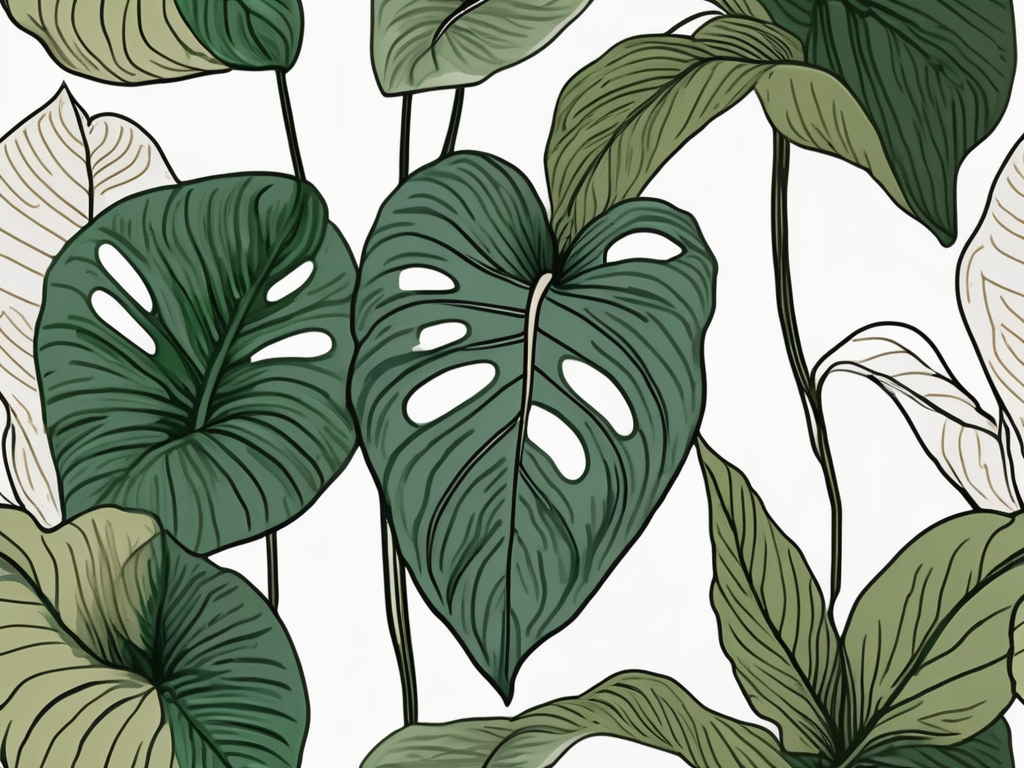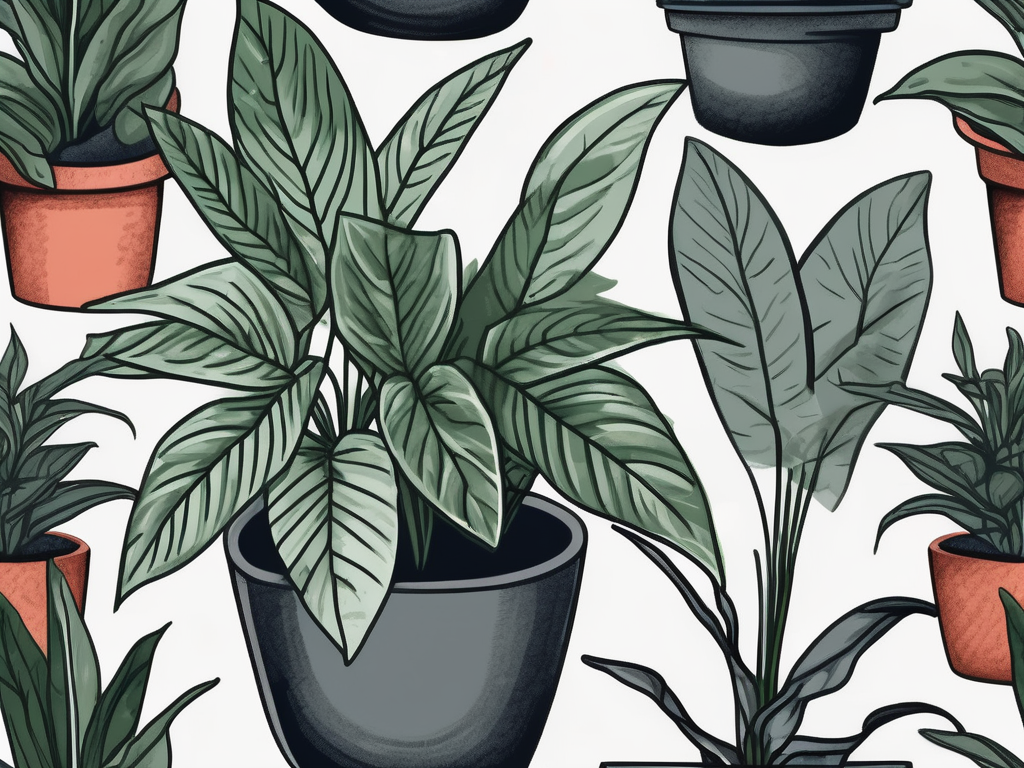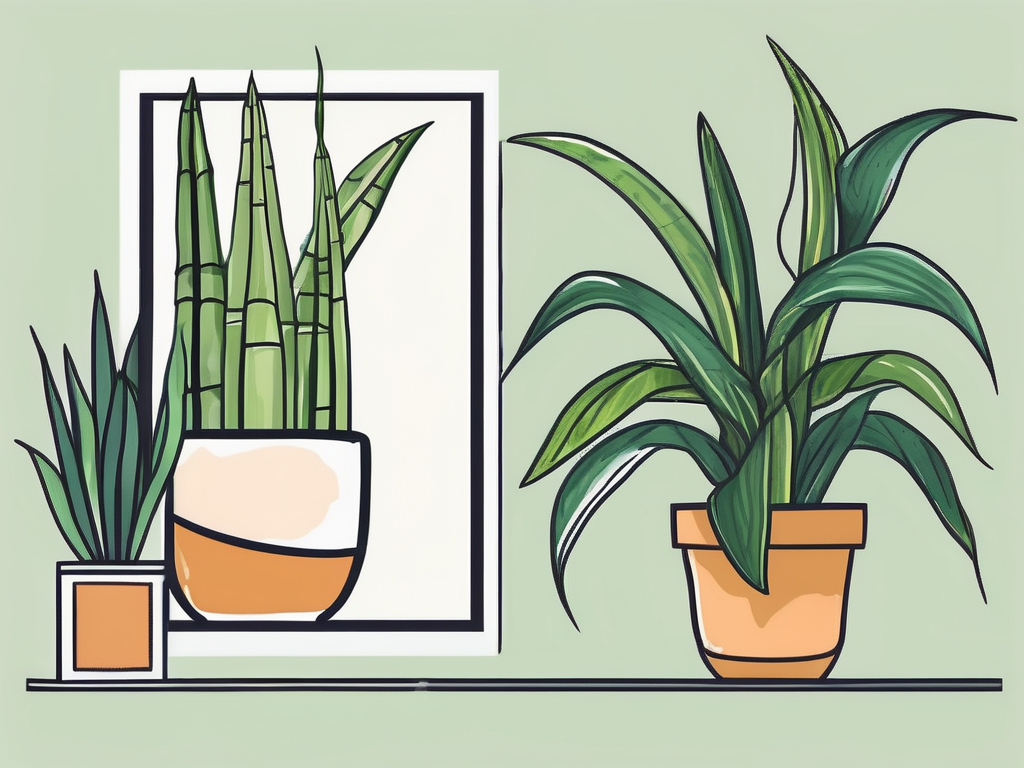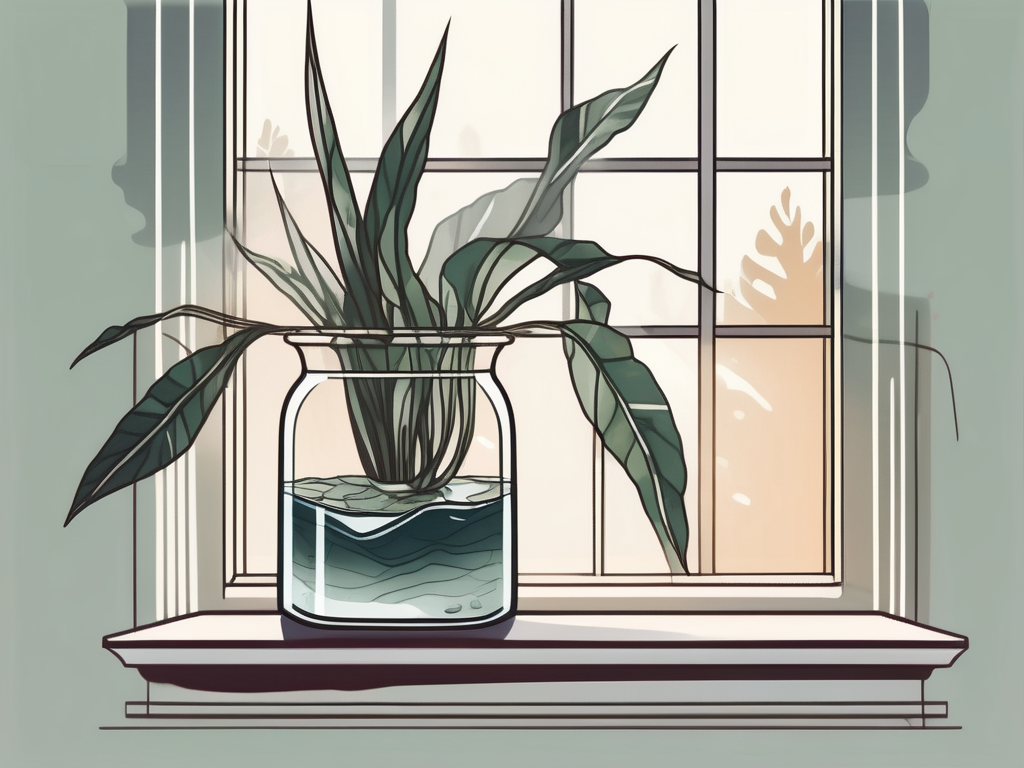
Meet the rattlesnake plant—a stunning addition to any home with its intricate patterns and vibrant colors. If you're looking to add a bit of flair to your living space, growing a rattlesnake plant in water might just be the perfect project for you. This method not only showcases the plant's unique foliage but also provides a fun, hands-on way to care for it.
In this article, we'll guide you through everything you need to know about successfully growing a rattlesnake plant in water. From choosing the right container to maintaining optimal conditions, you'll have all the information you need to nurture this beautiful plant and make it a centerpiece in your home.
Choosing the Right Container
The first step in growing your rattlesnake plant in water is selecting the perfect container. While you might be tempted to grab any old jar or vase, it's worth taking a moment to consider your options. The container you choose will play a significant role in the health and aesthetics of your plant.
First, consider the size. You'll want a container that's large enough to accommodate the plant's root system as it grows. A transparent container, like a glass vase or jar, can be an excellent choice, allowing you to keep an eye on the roots and water level. Plus, it gives you a chance to admire those roots as they spread out, which is always a neat visual.
Next, think about the shape. A wider base can provide stability, especially if your plant grows top-heavy. Additionally, a wider opening makes it easier to change the water and clean the container, which is an important part of keeping your plant healthy.
Finally, don't forget about style. Your container should complement not only the plant but also the room it's in. Whether you prefer a sleek, modern look or something more rustic, choose a container that reflects your personal taste and enhances your home's decor.
Selecting a Healthy Rattlesnake Plant
Finding the right rattlesnake plant to start with is crucial. When shopping, look for a plant with vibrant, unblemished leaves. Avoid plants with brown edges or spots, as these can be signs of stress or disease. The foliage should be firm and perky, not wilted or droopy.
Check the plant's base for any signs of mold or rot. A healthy rattlesnake plant will have a clean, fresh smell. If something smells off, it's best to choose another plant.
It's also a good idea to inspect the undersides of the leaves for pests like spider mites or aphids. These tiny critters can be hard to spot, but signs of their presence include sticky residue or speckled leaves.
Once you've picked a healthy plant, handle it gently. Rattlesnake plants can be sensitive, and rough handling might cause unnecessary stress. If you're purchasing from a nursery, don't hesitate to ask the staff for advice on selecting the healthiest plant. They often have valuable insights and can guide you to the best options available.
Transferring Your Plant to Water
Once you've chosen a healthy rattlesnake plant and the perfect container, it's time to make the transition from soil to water. This step can be a bit nerve-wracking, but with a little patience, you'll have your plant thriving in no time.
Start by gently removing the plant from its pot. You might find it helpful to water the soil a bit first, as this can make the roots easier to manage. Once out of the pot, gently shake off any loose soil and rinse the roots under lukewarm water. Be careful not to damage the roots during this process.
After rinsing, inspect the roots and trim away any that are brown or mushy. Healthy roots are usually white or light tan, firm, and free of any foul odor.
Once your plant is ready, fill your chosen container with enough water to cover the roots but not so much that it touches the base of the leaves. This helps prevent rot and keeps the plant healthy.
Place the plant in the container, ensuring the roots are submerged. You might need to adjust the plant a bit to get it sitting just right. And voila, your rattlesnake plant is now ready to begin its water-based journey!
Maintaining Water Quality
Keeping the water fresh and clean is essential for the health of your rattlesnake plant. Stagnant or dirty water can lead to root rot and other issues, so it's important to stay on top of this aspect of care.
Change the water at least once a week. When changing the water, be sure to rinse the container as well to remove any buildup or residue. If you notice the water becoming cloudy or smelly before the week is up, don't hesitate to refresh it sooner.
Use distilled or rainwater if possible, as tap water can contain chemicals like chlorine and fluoride that might harm your plant. If you're using tap water, let it sit out for 24 hours to allow these chemicals to dissipate before adding it to your plant's container.
Monitor the water level regularly to ensure the roots are always submerged. If you notice the water level dropping, top it up with fresh water. It's a simple step but crucial for preventing the roots from drying out.
Light and Temperature Needs
Rattlesnake plants are a bit like Goldilocks when it comes to light—they need just the right amount. Bright, indirect light is ideal. Direct sunlight can scorch the leaves, while too little light can cause the plant to become leggy and lose its vibrant color.
Place your plant near a window that gets filtered light, or in a room that receives plenty of natural light throughout the day. If you're unsure whether the light is too intense, try the hand test: place your hand between the plant and the light source. If you feel the heat on your hand, it's likely too strong for the plant.
Temperature is another important factor. Rattlesnake plants prefer temperatures between 65-75°F (18-24°C). Avoid placing them near drafts, heating vents, or air conditioning units, as sudden temperature fluctuations can stress the plant.
Humidity is also worth noting. These plants thrive in humid environments, so consider placing a small humidifier nearby or misting the leaves occasionally to mimic their natural habitat.
Feeding Your Rattlesnake Plant
Even though your rattlesnake plant is living in water, it still needs nutrients to grow and thrive. Fertilizing is essential, but it's important to do it with care to avoid overfeeding.
Use a balanced, water-soluble fertilizer. Dilute it to half the recommended strength to prevent root burn. Feed your plant every four to six weeks during the growing season, which is usually spring and summer.
It's wise to skip fertilizing during the fall and winter months when the plant's growth naturally slows down. Fertilizing during this period can lead to a buildup of salts in the water, which can harm the plant.
Keep an eye on your plant for signs of nutrient deficiency, such as yellowing leaves or stunted growth. If you notice these signs, it might be time to adjust your fertilizing routine. Remember, less is often more when it comes to feeding a water-grown plant.
Common Problems and Solutions
Like any plant, the rattlesnake plant can face a few challenges along the way. Being prepared to tackle these issues can make all the difference in keeping your plant healthy.
Root rot is a common problem, often caused by poor water quality or the roots being submerged for too long. To prevent this, ensure you're changing the water regularly and only submerging the roots, not the base of the leaves.
Pests can also be an issue. While less common in plants grown in water, it's still possible for pests like spider mites or aphids to hitch a ride. Regularly inspect your plant and gently wipe the leaves with a damp cloth to keep pests at bay.
If you notice your plant's leaves turning yellow or brown, it could be a sign of overwatering or underwatering, or even too much direct sunlight. Adjusting your care routine accordingly can often resolve these issues.
Incorporating into Interior Design
Once your rattlesnake plant is happily growing in water, it's time to think about how to incorporate it into your home's decor. This plant's striking appearance makes it a natural focal point, so consider placing it in a prominent location.
A windowsill with indirect light can be a great spot, or you might choose to center it on a coffee table or shelf. Pair it with other plants of varying heights and textures to create a dynamic display that adds life and interest to the room.
Choose a container that complements your existing decor. A minimalist glass vase can add a modern touch, while a colorful ceramic pot might lend a more eclectic vibe.
Consider the surrounding elements as well. Adding decorative stones or marbles to the base of the container can enhance its visual appeal, while also helping stabilize the plant. And don't forget about plant stands or hangers as options for elevating your plant, quite literally, to new heights within your space.
Final Thoughts
Growing a rattlesnake plant in water is a rewarding experience that combines beauty and simplicity. By selecting the right container, maintaining water quality, and providing the ideal environment, you can enjoy this striking plant as a living work of art in your home.
At Cafe Planta, we're passionate about helping you cultivate a thriving indoor garden. Whether you're a seasoned plant parent or just starting your journey, our collection of houseplants, care accessories, and plant-themed apparel is designed to inspire and support you. If you have questions or need advice, feel free to reach out via email or drop us a message on Instagram. We're here to help you bring the joy of plants into your home.

